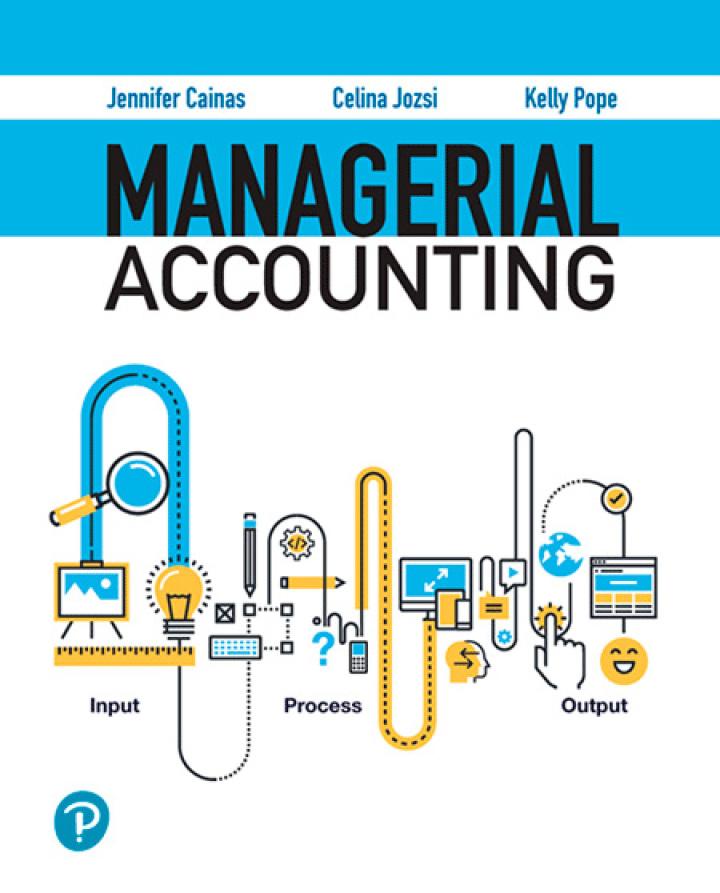For each of the following, indicate whether the statement is true or false. a. The main difference
Question:
For each of the following, indicate whether the statement is true or false.
a. The main difference between job order and process costing systems is the amount of detail captured for each product.
b. Most companies apply indirect costs (overhead) based on direct materials because materials are tangible and visible.
c. Overallocated overhead occurs when the actual overhead is less than the estimated overhead.
d. If a company wants accurate job records, the company will insist on recording actual direct materials, actual direct labor, and actual overhead costs.
e. Companies frequently use a normal cost system for simplicity, to smooth out the effects of seasonal fluctuations, and so that each job can be allocated a representative amount of indirect costs as the job is produced. Otherwise, a company could not assign actual correct indirect costs until the end of the period because overhead costs such as rent are spent in groups and are not individually traceable to a given job.
f. If the difference between allocated overhead and actual overhead is small, the difference is usually recorded as an adjustment of cost of goods sold rather than spread over all the jobs in the work in process, finished goods, and cost of goods sold accounts.
g. The work in process account is a temporary expense account that is reported on the income (profit/loss) statement.
h. The finished goods account will have a balance at the end of the period only if some of the direct materials, direct labor, and overhead costs have not been paid by the customer.
i. If a company uses the maximum (100%) capacity when developing the overhead rates (as opposed to practical capacity), the overhead allocated to the jobs would probably be too low.
j. A plumbing company would probably include scrap and normal spoilage in the overhead rate since some waste is typically unavoidable.
k. Companies that use job order costing systems want to know what the various product costs and profits are on each distinct job and whether the jobs were completed on time and to customer satisfaction, as well as details of materials, direct labor, and indirect production costs.
l. If a company incurs overtime or some other specific cost because the customer asked for the job to be rushed, the overtime premium should be charged to the job rather than treated as an indirect cost.
m. Departmental rates are appropriate when not all products pass through the same processes and the departments are not similar in terms of their costs or drivers.
n. Companies should only include internal data when creating predictive analytics.
Step by Step Answer:

Managerial Accounting
ISBN: 9780137689453
1st Edition
Authors: Jennifer Cainas, Celina J. Jozsi, Kelly Richmond Pope





